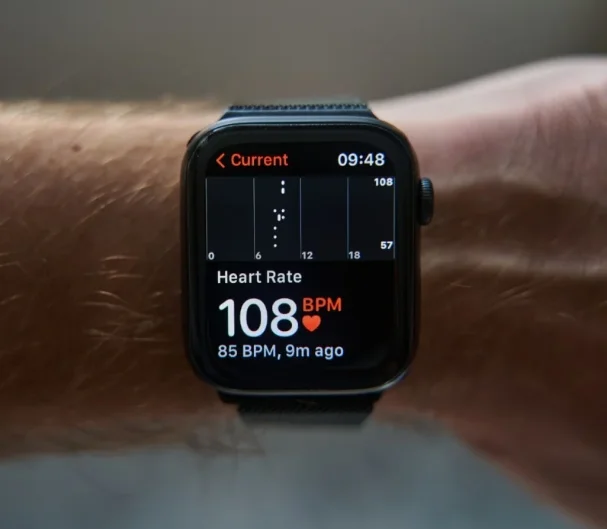If you’ve ever worried about your heart rate during exercise being too high or too low, you’ll want to read this. Your “heart rate zones” might be completely wrong. Not only are zones defined differently in different apps, they are also usually calculated based on your maximum heart rate. And that maximum heart rate calculation? It’s incorrect for huge swaths of the population.
Your maximum heart rate is, by definition, the fastest your heart can possibly beat. If a watch tells you that your max is 180 beats per minute, and then you go for a run and your heart is beating at 190 beats per minute, you haven’t gone “over” your max. You have simply found out that 180 isn’t your max at all. Your actual max must be at least 190.
The only way to truly know your max heart rate is to test it with intense exercise. I’ll give you some ways to do that below. Fitness gadgets and apps (and, in the olden days, books and other sources of fitness advice), meanwhile, try to skip that step by using a formula that estimates your maximum heart rate based on your age. The most popular formula simply subtracts your age from 220.
But there are problems with that formula, and even with the alternative equations that have been proposed to replace it. There is no formula that can tell you what your own personal max heart rate actually is.
Quite interesting, as I always went with that 220-age formula (I suppose it is a good rule of thumb), but it is true that I don’t shop for shoes base don my body height either. I had always wondering too why I could easily exceed my “max heart rate” by quite a bit for exercises. But in the end I also decided I did not want to be exercising at such a high rate as it is probably better to pace myself rather at 80% to 90% anyway.
See https://lifehacker.com/how-to-calculate-your-max-heart-rate-youre-probably-d-1683716934

